Author: Jenni Bell
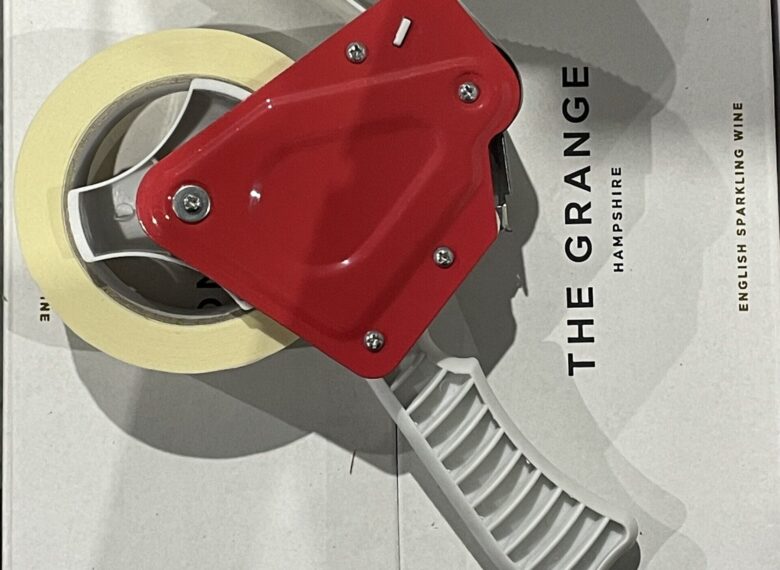
The Wine Widow’s busy with the tape-gun in the run up to harvest
There is no doubt that every hour of sunshine is ever more gratefully received as the tanks and presses are washed and polished in preparation for harvest. Everything gleams, excitement is building, the atmosphere is fantastic. From time to time some idiot repeats a weather rumour: “apparently there might be a frost on Thursday” or similar which makes Zam stare at me in disbelief because a) I have no idea where I heard this and b) it is beyond the realms of consideration given everything else that needs to be considered right now.
To be helpful, I offer to lend a hand in “fulfillment.” Extremely keen on a tape gun, lists and labels, I have a happy time piling boxes onto a pallet which I hope to move with a lifty thing.
When I do start to lift it, everything tilts in rather an alarming way. On seeing me gingerly manoevre this, Zam suggests that perhaps I ought to have stacked the boxes a little more evenly. A couple of days later I notice a number of items have been returned by the courier, looking very much the worse for wear - as though they’ve been duffed up on a night out. “We don’t understand why these have come back” Zam says, walking past. I look at them more closely with the sinking knowledge that these have all been sent out by me and that they have been returned because I put the wrong postcode on them.
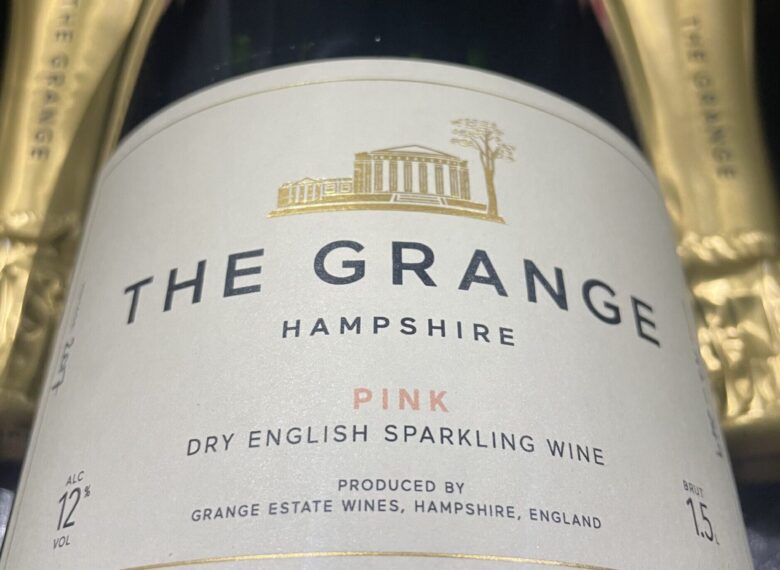
“I just don’t understand” I begin “how I’ve put our home postcode on these.” I trail off. “You must email the customers and explain that you’ve taken on someone with limited experience…” Zam doesn’t look up from his computer but says in a low voice “Don’t worry. I already have.” I suspect he worded it more succinctly.
Then he says he is going to task three friends to carry magnums to a 60th birthday party in Seville the following weekend. That will never work I tell him. The bottles will explode. Nobody will want to take them. It’s a ludicrous idea.
But they do arrive. They are much enjoyed. No problemo. Which for some reason, I find rather annoying.

A Makers’ Sale of Work
Join us at the Winery on 30th November from 9am – 3pm for A Makers’ Sale of Work.
We will be showcasing creations by Laura De La Mare, Fungus & Mold, Sarah Tyssen, Eland Books, Beyond the Barn, Camilla Dinesen, Izzy Letty, The Silo Collection, Winchester Cocoa Co, Louise Brown, Institches, Francheska Pattison, Acre & Holt and wine from The Grange
There will be cushions, cards, blankets, baskets, rings, books, waistcoats, wrapping paper, flowers, chocolates, decorations, mugs, magnums and more...
With food by Becka Cooper
Entry is free, with donations on the door for Allegra's Ambition
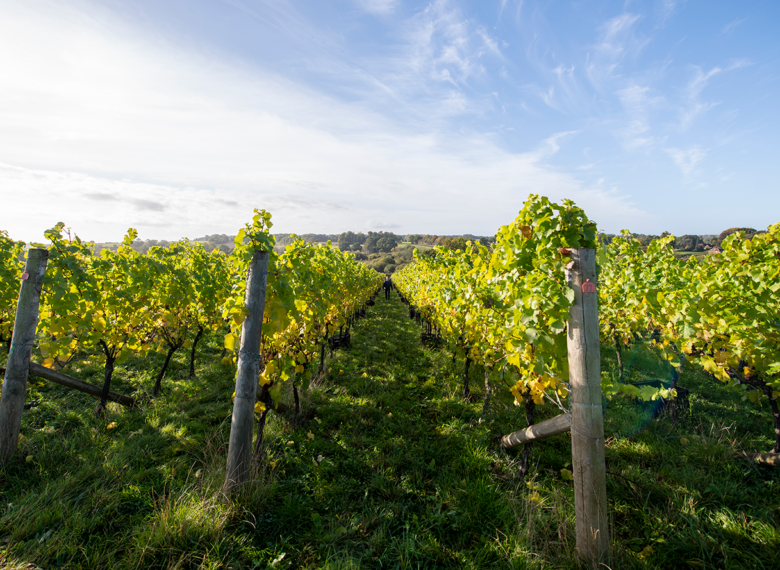
Effervesce Sense, by Karen Krizanovich for Civilian
The sun is shining – it’s time to take a trip to wine country, England-style.
Karen Krizanovich came to visit us and wrote about it for Civilian
One of my favourite vineyards is The Grange. (Gusbourne and The Grange are not unknown to each other – and yes, Gusbourne has purchased vineyard acreage in West Sussex too, yes I know.) You can accuse me of being obsessed. I accuse me of being obsessed, but this vineyard sings to me in ways I can’t quite grasp. It’s not just the enthusiasm, professionalism, sleek functionality and a wine vehicle that is a beautiful Series One Defender. I love the smell of the place, the look of it, the countryside stretching without interruption, the trees and the rolling hills. It’s a place of serenity, for me as a visitor at least.
Like many vineyards, The Grange is giving tours throughout July and September and The Grange’s Zam will have you understanding, experientially, first hand, why this wine really does taste of where it’s from.
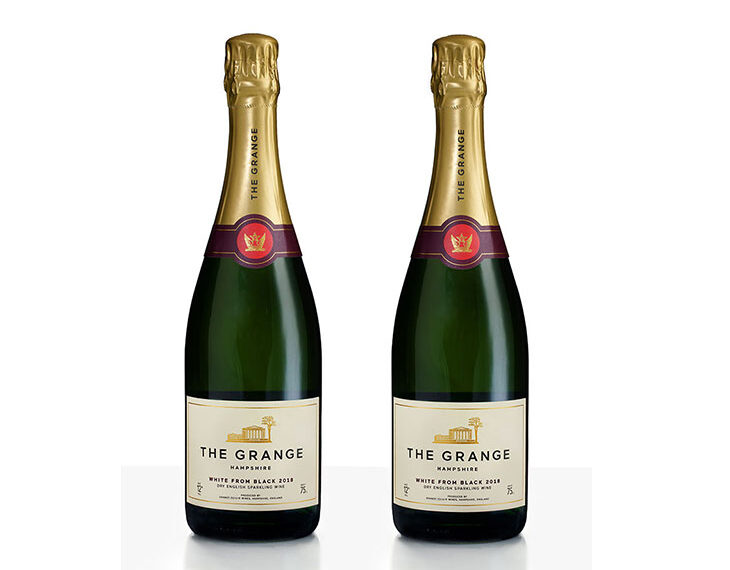
I swear opening a bottle of The Grange brings the windswept sweetness of the Hampshire breeze smack into the bottle itself. My favourite – the favourite of many – is the rare vintage White From Black 2018, a Meunier-only white sparkler from that year’s extraordinary crop. This tastes of white stone and orchard fruit, condensed but fresh. Made from four different Meunier cuvées, with just a touch of oak, this is an exceptional bottle. And if you drive out to the vineyard, you may still be able to get one of their still rosés, available solely on site. While I prefer sparkling – as PeeWee Herman once said, “All my friends have big buts” – The Grange’s Still Pink 2022 is my big but. But it’s a still I like – and it is just like that south of France rosé that tells your mouth you’re on holiday. This one is English, just as summery and uplifting and you’ll drink it all at once. Both of these wines have won Silver medals at 2023’s WINEGB Awards, just two more in bulging trophy case at The Grange.
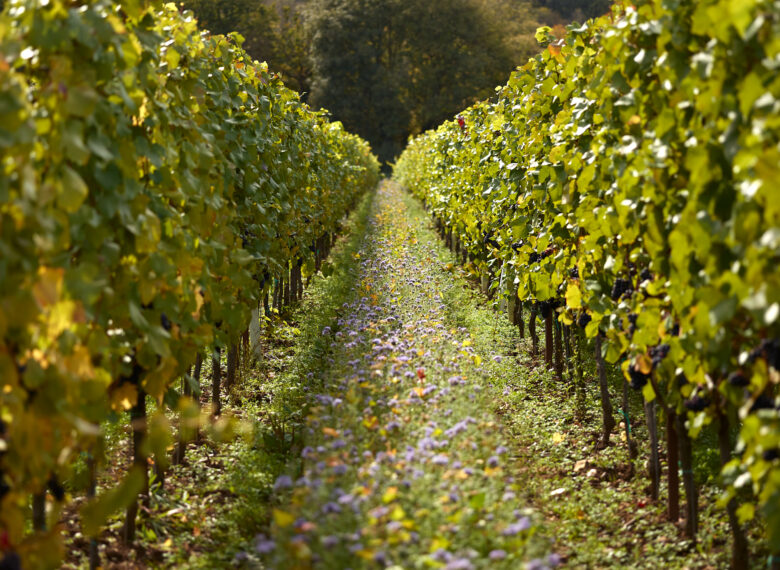
Back to their roots at Burges Field
Simon Mason, Head of Wine Sustainability at The Wine Society, wrote the following on regenerative viticulture at The Grange
Change can be slow in the world of wine, with tradition a major selling point for many. The annual cycle around the one precious crop of grapes understandably means a reluctance to throw caution to the wind with dramatic experiments.
For all that, new ideas do come around, and last year I wrote about the beginnings of a new movement focusing on regenerative viticulture – improving soil health and biodiversity to produce healthy, more disease-resistant grapes – and potentially, better wine.
Zam Baring, managing partner of The Grange and its vineyard Burges Field, and vineyard manager Samuel Philippot were at several of the same conferences I attended on this subject, and I was delighted to visit them to see their work for myself.

The Grange is situated on a chalky slope above the River Itchen in Hampshire, planted in 2011 to classic sparkling-wine grapes – chardonnay and pinots noir and meunier. The gravelly clay soil is incredibly shallow and the vine roots dig down deep into a thick layer of pure white chalk.
When I visited in April, on a cold, blustery day, it was hard to believe that Samuel was expecting budburst to begin the following week. That said, the bougies (candles) already laid out as a precaution against damaging frost were a reminder of the still marginal nature of winemaking in many areas of the UK.
Originating in Montpellier in the south of France and arriving at The Grange five years ago after managing a Bordeaux domaine, Samuel gamely says he greatly enjoys the English way of life. Starting in 2014, Zam and the rest of the small team trialled several different cover crops throughout the vineyard. A cornerstone of regenerative agriculture, cover crops can be used to improve soil texture and water retention through breaking up compaction, improving nitrogen content in the soil without adding fertilisers and potentially, by helping the soil store carbon.
A question of trial and error
As those in regenerative agriculture are at pains to point out, there is no recipe book for success in taking this approach – lots of trial and error will be necessary. Over the years, the team at The Grange have experimented with clover, various species of grass, phacelia, buckwheat and oxeye daisy – one of the ongoing issues being that as you mow so the wildflowers die down and the perennial grasses assert their dominance. As they themselves admit, there was a great deal of experimentation with this and, so far, they have yet to find the perfect mix.
Another principle of regenerative agriculture is to minimise the disturbance of the soil and thereby the communities of bugs, fungi and microbes that make it all work. The Grange’s next trial was to stop any cultivation underneath 20 rows of pinot noir down the centre of the vineyard. After four years the yields from the trial plot had dropped significantly with current vines only able to produce one cane from which new grapes can grow – as opposed to the two canes in the rest of the vineyard. While some drop in yield would have been acceptable to the team, in exchange for healthier vines and more consistent volumes, this was too much and so the trial plot has been reduced in size and the rest of the vines are being cultivated back to health.
Zam and Samuel believe the thin chalk soils are going to need a lot more activation before zero-disturbance will work here. That said, Zam was quite happy with some aspects of the trial plot. In the very difficult, wet 2021 vintage, the reduced vigour of the canopy leaves meant that there was more airflow through the vines and therefore no mildew, which was a big problem on the conventionally farmed plots. The quality of fruit was also excellent.
To build on the work so far, Zam and Samuel are putting together a more structured programme both in the trial plot and across the vineyard. From this year, a cover crop mix of vetches, oats, radish, buckwheat, clover, sunflower, linseed and native wild flowers will be applied. Intended to be self-seeding, this should only need resowing every three or four years, with the cover crop mown or crimped to help return the nutrients to the soil. With plants of differing heights growing at different rates, there is definitely a concern about airflow reduction.
Fauna and flora
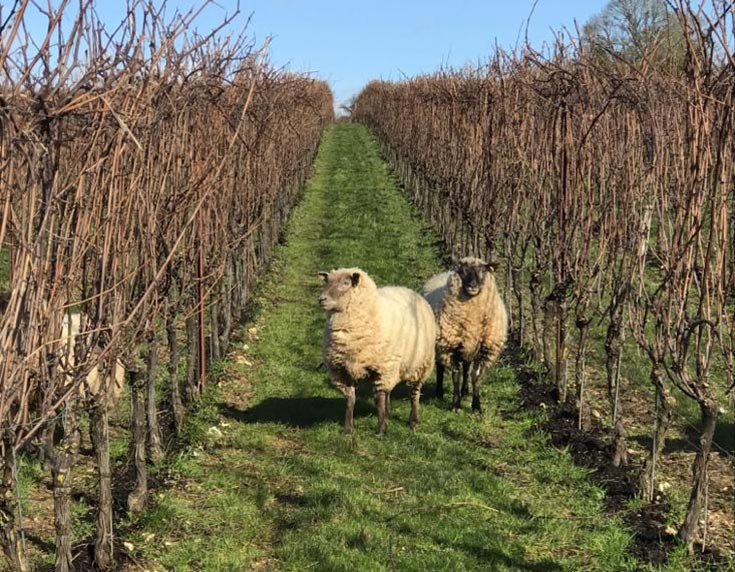
Alongside cover crops, the team hopes to make more use of sheep in the vineyard. Winter grazing adds valuable nutrients back to the soil via manure and they can also help with ‘bud rubbing’ – the removal of unwanted buds on the lower parts of vines, sending all the energy into the shoots. This is already practised in other English vineyards, but the low height of The Grange’s vines means that the Ouessant sheep used elsewhere might do more harm than good. Samuel also plans to use fleeces on the ground to help with weed prevention.
Around the back of their brand-new winery, Samuel is developing another vital but less glamorous piece of the regenerative jigsaw – the compost heap. Horse manure and marc, the grape skins leftover after pressing, will be supplemented with mulched cuttings. The aim is to create a high-potency super compost that can be applied more thinly, resulting in fewer tractor passes through the vineyard and helping reduce both carbon emissions and soil compaction.
Does it work?
The team will be taking frequent soil measurements across 40 sample plots identified by GPS, testing things like earthworm count, rooting depth, presence of rhizosheaths and nodulation of legumes – all signs of healthy soil.
Speaking to Zam and Samuel, it is clear that they are committed to a regenerative approach and that it is likely to take many years to show progress. Given that five years is only five chances to see the results of change on the finished fruit and that every vintage brings many variables of its own, the challenges are obvious. “It’s very slow but it’s a direction of travel” says Zam, who plans to do the most he can without affecting the quality of his wines which is great news for our members. We look forward to updating on his progress.







